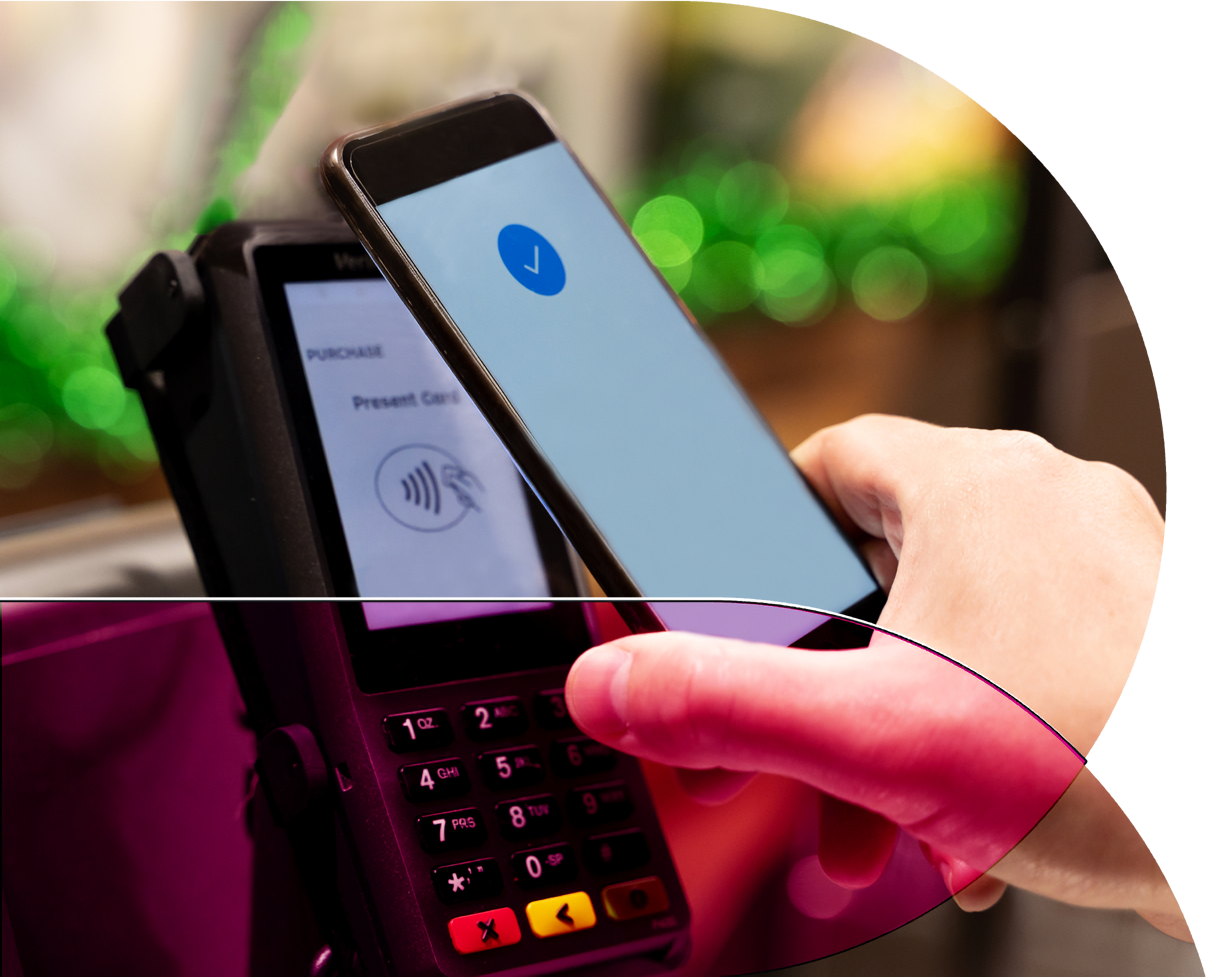As the grip of the COVID-19 pandemic loosens, brands are looking out to a horizon in which restrictions on movement may bring consumers back into physical stores. The indicators may be that a good part of regular shopper journeys have moved online and are likely to stay there, but in-store shopping still represents a significant portion of revenue that feeds brands’ growth.
Brands are paying more attention to the implications of omnichannel path-to-purchase behaviors and how they affect shopper choice, particularly in e-commerce. However, there is not necessarily a binary divide between physical and digital retail. Within the decisions brand marketers need to make about investments in shopper marketing, consideration has always been weighted by age-old questions around where the purchase is taking place.
As we start to travel more, and even venture back into offices with some degree of regularity, our visits to brick-and-mortar retail are also creeping back. And for all the growth in e-commerce, in-store still represents a huge percentage of opportunity to drive retail revenue.
For now, let’s set aside the omnichannel influencers at work that impact choice once the consumer is at the in-store shelf. For this discussion, let’s consider where that shelf might be, because not all shelves are created equal.
As we move to the next normal, for the shopper who is back in brick-and-mortar stores . . . why are they there? Once we answer that question, we can define the benefits and barriers that shape their behavior in your brand’s favor. Or, said differently, every shelf brings opportunities for influencing consumer choice IF you understand the combination of elements at work that impact the shopper mindset: where, when, and why.
Way before e-commerce took hold, we knew that the occasion, venue, and goal of the shopping experience were key drivers of choice. The convenience category is different from specialty (pet care, health and beauty, drugstore), and behavior in all categories, including mass and grocery, will be nuanced based on context. The carbonated beverage I buy in the fuel and convenience store when I stop on a road trip now that I can visit family may tap into different motivations and barriers than when I pass by a refrigerated case in a drugstore after picking up shampoo and a prescription. Shopper marketing will drive more effective influences in each category if we understand the mission of the shopper – in all channels.
If you are a brand or category manager and you are balancing across your retail’s category partners, and you are testing and adjusting the impact of pack, POSM, planogram and pricing, you need a cost-effective simulation tool that uncovers and validates behavioral insights. Online tools can be really effective in terms of this research to test and validate shopper marketing decisions. Ideally, these tools should enable you to immerse the consumer respondent in the mission – “what am I shopping for, and why?” as well as the context – “where and when am I shopping?”
As the complex retail environment gets more volatile, the need for quick and cost-effective decision-making increases, especially when it comes to the variables in the combination of pack, POSM, planogram and pricing. Depending on consumer behavior that typifies visits to various retail environments, these factors can become elements that motivate or become barriers to choice.
So too there is an increasing urgency to have reliable behavioral insights with which to convince your trading partners of the optimal routes for mutual profitability. In work we recently completed for a beverage client, our shopper marketing validation tool, ShopperFlash™ provided the evidence that they needed to convince a key retailer to embrace a preferred planogram design to their default merchandising option. The result? A 10% lift in sales, which benefited everyone!
The one constant in a volatile retail world is human behavior . . . what motivates us and what stands in our way of choosing a brand. For brand and category management, clear and actionable behavioral guidance can be the key to optimizing shopper marketing. With that in hand, it is possible to create the right formula for balancing pack, POSM, planogram and pricing elements that can drive growth at-shelf, no matter where that shelf might be.
THE AUTHOR
 Ian Elmer is the US Managing Director of Behaviorally (formerly PRS). Ian leads the Client Development and Qualitative Teams at Behaviorally, responsible for client service and the growth objectives of the firm’s “diagnose and define” deliverables to drive profitable growth. He has over 20 years of experience influencing global marketing decisions for some of the world’s most iconic brands. Previously, he served as Managing Director US at PRS IN VIVO USA and held senior client and practice management roles at Kantar and Millward Brown in both the United States and United Kingdom. Follow Ian on Twitter @Ian_Elmer and connect with him on LinkedIn here.
Ian Elmer is the US Managing Director of Behaviorally (formerly PRS). Ian leads the Client Development and Qualitative Teams at Behaviorally, responsible for client service and the growth objectives of the firm’s “diagnose and define” deliverables to drive profitable growth. He has over 20 years of experience influencing global marketing decisions for some of the world’s most iconic brands. Previously, he served as Managing Director US at PRS IN VIVO USA and held senior client and practice management roles at Kantar and Millward Brown in both the United States and United Kingdom. Follow Ian on Twitter @Ian_Elmer and connect with him on LinkedIn here.
